WHAT TYPES OF AVALANCHES ARE THERE?
Avalanches are differentiated into three types based on their mechanics: Loose snow, slab and gliding avalanches.
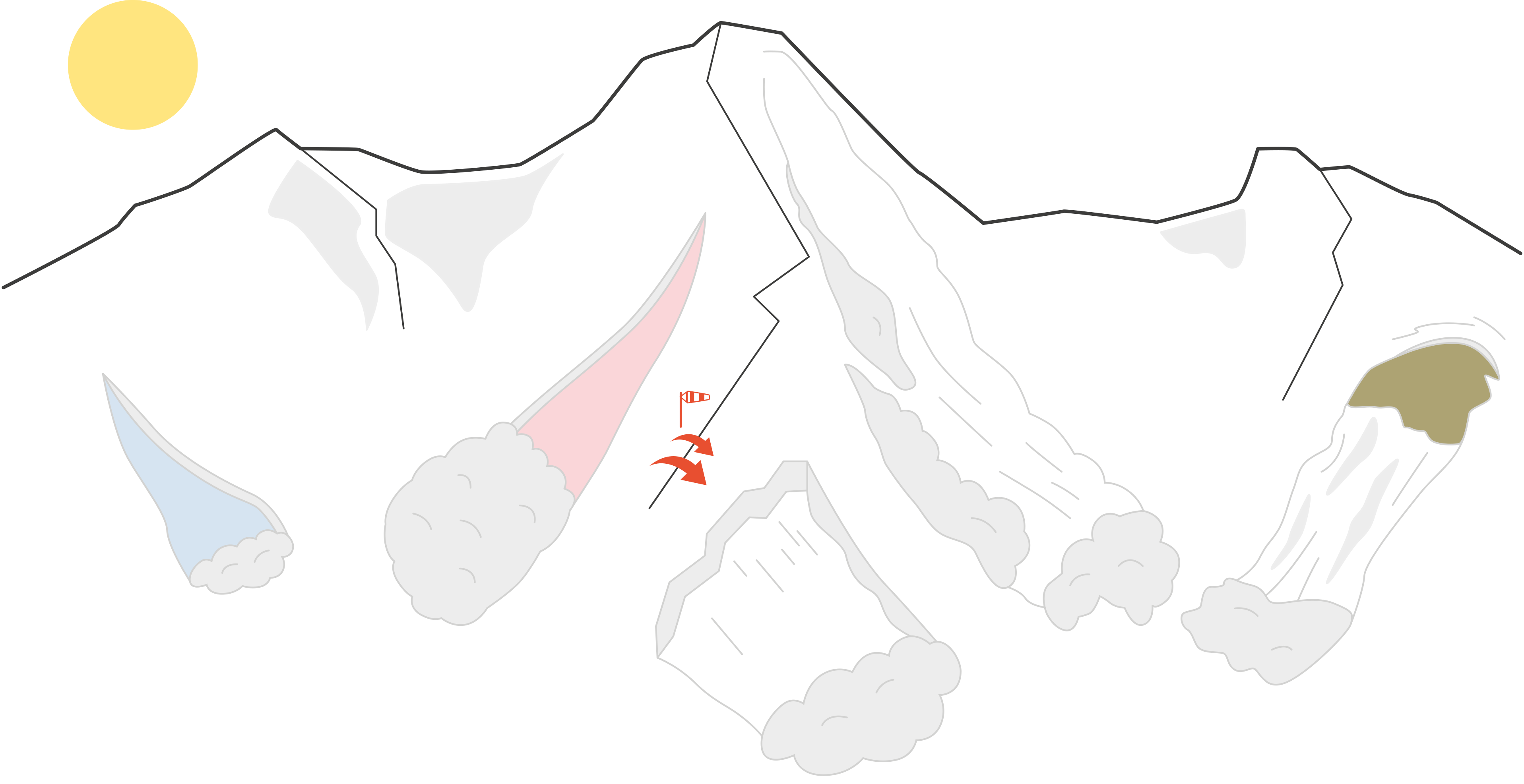
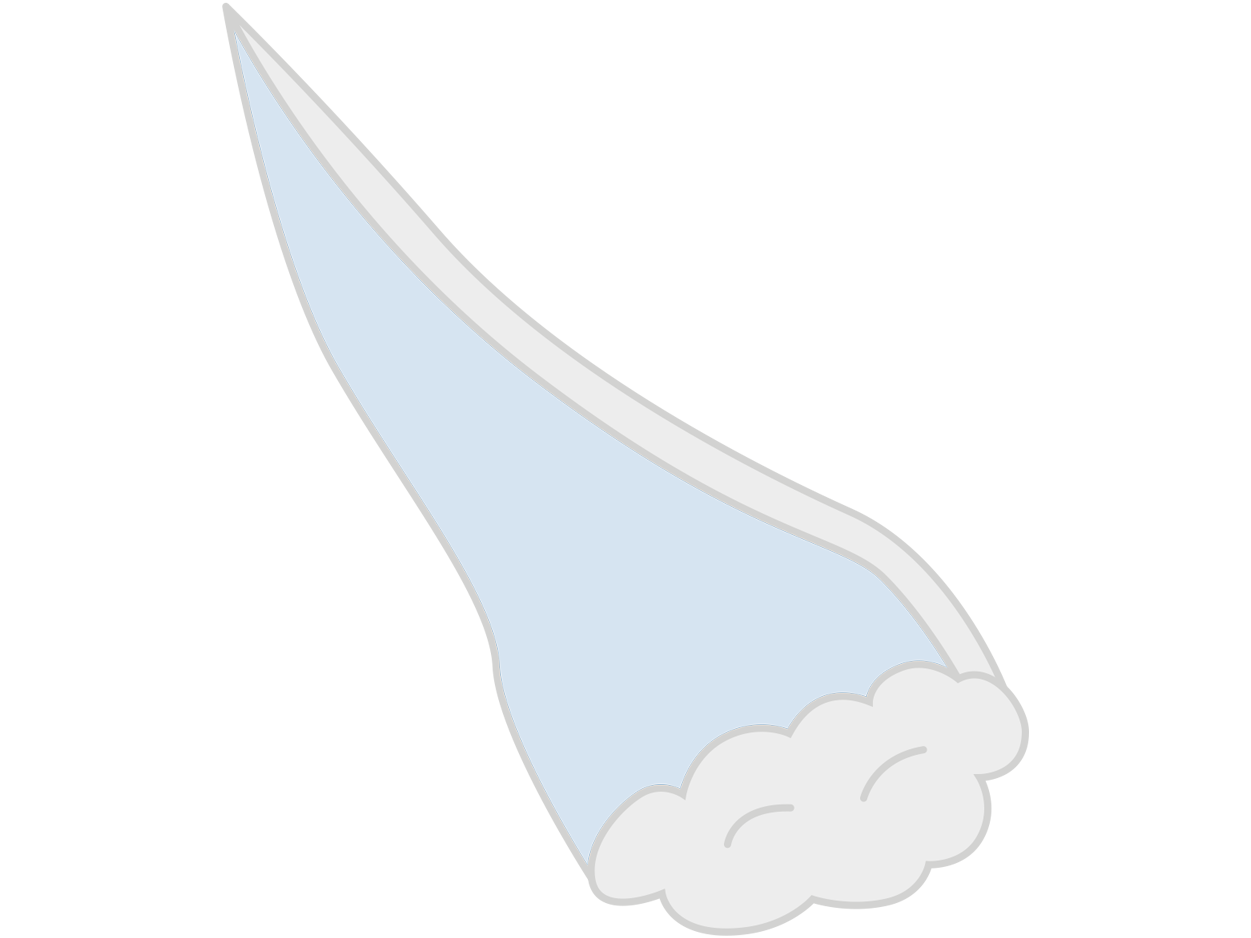


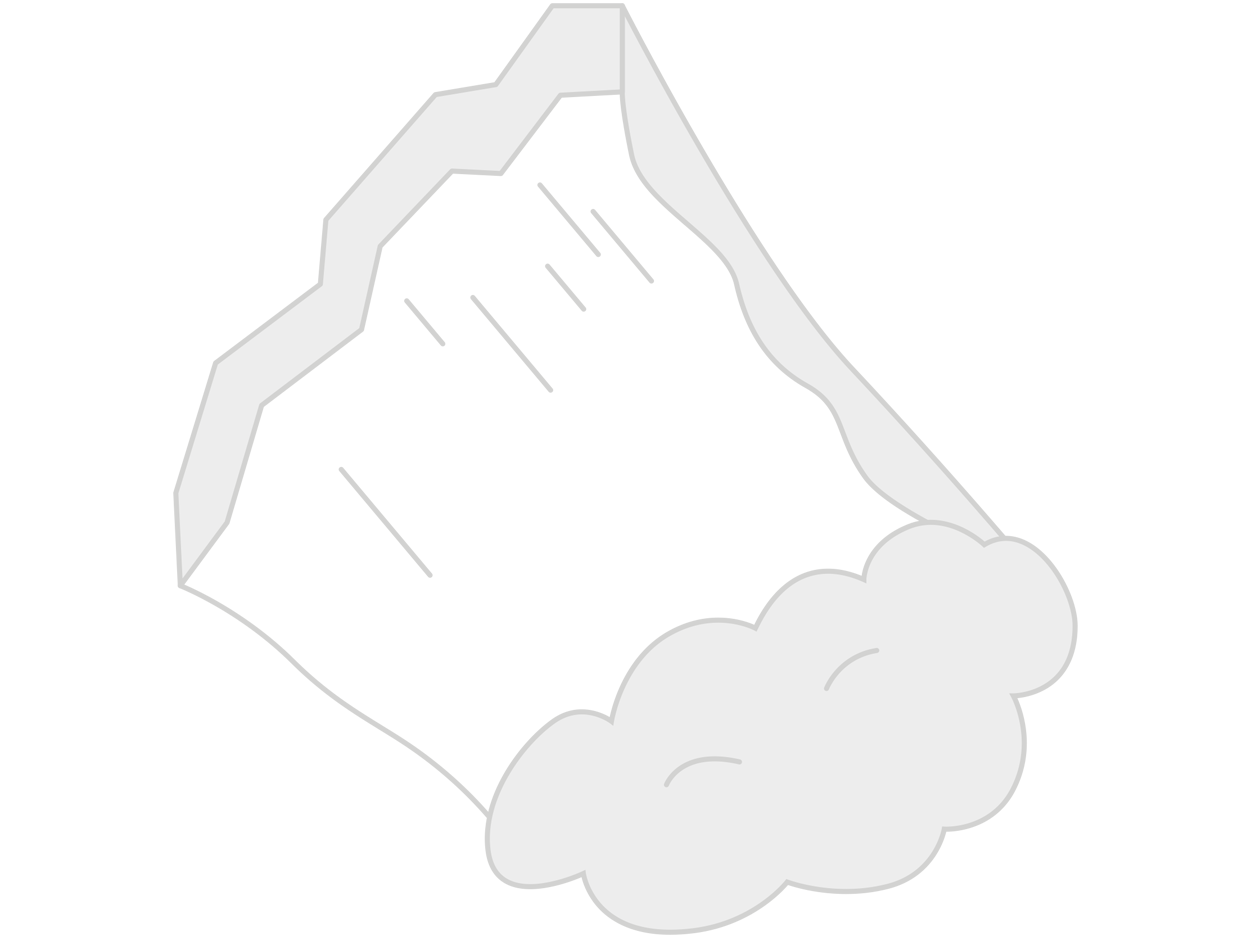
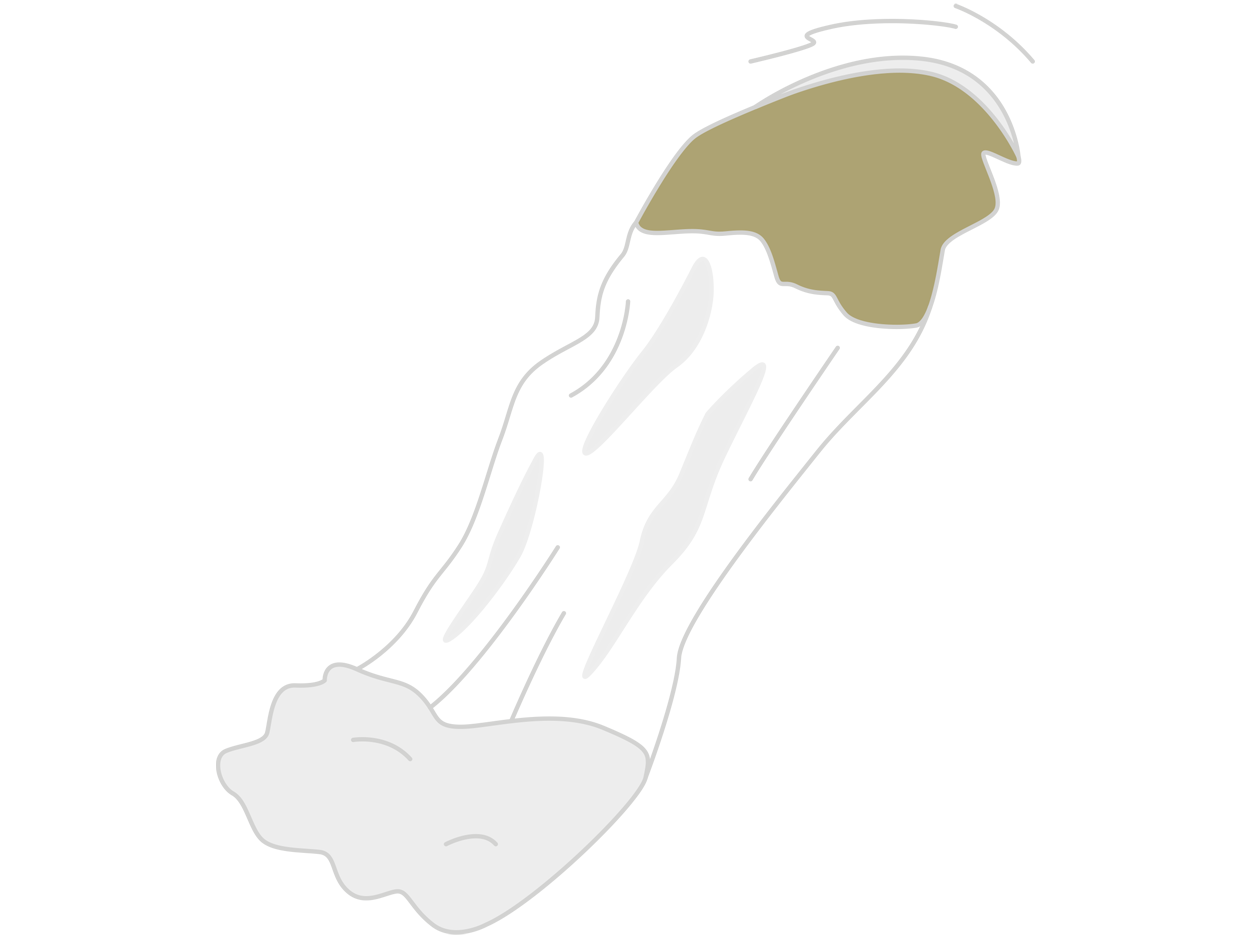

“Dry” loose snow avalanche
Loose snow avalanches, also known as point release avalanches, can be either dry or wet. They characteristically start from a single point and have a pear-shaped fall path. These avalanches are most often relatively small and hardly have the potential to bury someone. Dry loose snow avalanches can frequently be observed after new snowfall and in extremely steep terrain (over 40°).

“Wet” loose snow avalanche
Wet loose snow avalanches can be observed when there is a strong rise in temperature, often on steeper rock terrain (from approx. 35°). Once triggered, these avalanches can also advance into flatter areas.

Powder avalanche
Powder avalanches are dry avalanches with a track that runs over larger escarpments. The masses of snow accelerate due to the freefall and mix with the air. Depending upon how much snow rushes over the escarpment, powder avalanches can be harmless (spindrift) or create an enormous air blast – with major destructive potential. These avalanches occur more frequently on very high mountains, at low temperatures and where there are large escarpments (e.g. the Himalayas).

Slab avalanche
Slab avalanches are the deadliest type for winter athletes – approx. 99 % of all victims are killed in slab avalanches. They typically have a distinctive fracture edge ranging from 20 to several hundred meters wide. Slab avalanches require a slope steepness of at least 30° to be triggered, are mostly dry and slide over a weak layer. The prerequisite for the formation of a slab avalanche is a “bonded snow layer” (the slab) that lies on top of a weak layer (often a very soft, faceted snow layer). If the weak layer is stressed (e.g. by people or blasts), the crack propagates in seconds so that the slab starts to accelerate and slide down.

Gliding avalanche
A gliding avalanche is a special type that is usually observed on steep meadow slopes (from 27°). In a gliding avalanche, a snow slab glides on a film of water. It is formed when, for example, moisture from the snow trickles down and accumulates on top of flattened, long-stem grass (warm gliding avalanche). Sometimes, the moisture comes from the ground (wet meadow) or accumulates when the first snow falls on very wet meadow slopes. Typically, cracks or “fish mouths” form above the slab before it starts to glide. Gliding avalanches cannot be triggered by people or blasts. It is difficult to predict whether or when they will trigger.
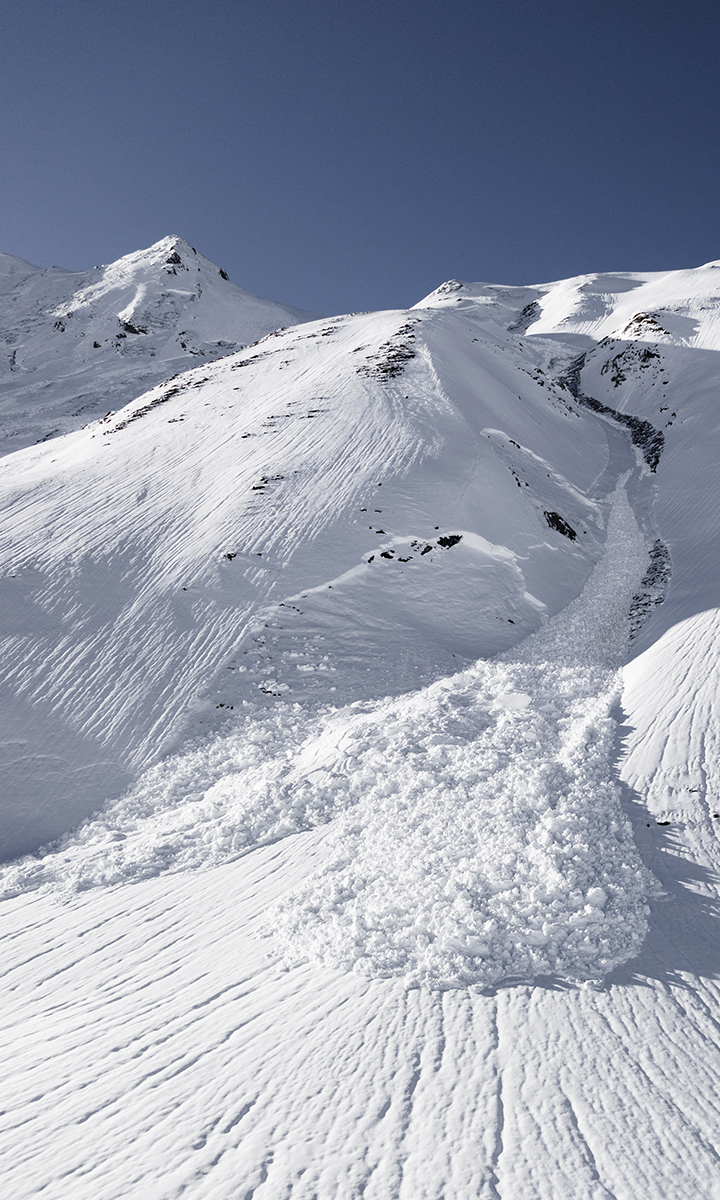


HOW DO THE TYPES OF AVALANCHES DIFFER?
Science differentiates between avalanches and defines them primarily according to their mechanics and their triggering mechanisms. The following three types of avalanches are significant for us winter athletes: gliding avalanches, loose snow avalanches and slab avalanches.
These three main avalanche types can be subdivided and more precisely classified according to additional criteria, e.g. whether they are dry or wet, whether they trigger in a layer close to the ground or in a weak layer in the snowpack, and whether they mix with air or rather “flow” along their track. Depending on the applicable criteria, they could be classed as a wet snow avalanche, dry avalanche, ground avalanche or powder avalanche. However, each of these sub-types is classified as one of the three types mentioned above: slab, loose snow or gliding avalanches.
In order to identify danger in the mountains and adequately assess the risk, it is essential that you can differentiate between the different types of avalanches and understand their triggering mechanisms.
GLIDING AVALANCHE
Although gliding avalanches often look like snow slabs, they very rarely claim any victims. This is because they cannot be triggered by winter athletes. A good rule of thumb is: don’t stay any longer than absolutely necessary under cracks in the snowpack or gliding avalanches that have already triggered. The risk of a gliding avalanches can easily be identified by the typical “fish mouth” cracks.
- Typical cracks above (fish mouths)
- Cannot be artificially triggered
- Steepness: >27°, often at low and mid elevations
- Glides on a film of water – most often on steep meadow slopes
- Very rarely causes fatalities
SLAB AVALANCHE
Slab avalanche are most commonly triggered by winter athletes. 98% of avalanche victims die in slab avalanches; 95% of those trigger the avalanche themselves. The fracture in the snowpack propagates rapidly with speeds between 80 and 200 km/h. This causes the weak layer to collapse and the snow slab to slide.
- Typical linear fracture edge
- Separate “slab” suddenly triggers
- Masses of snow slide as a cohesive plate (within seconds)
- Steepness: >30°
- Accounts for 98% of all winter athletes falling victim to an avalanche
LOOSE SNOW AVALANCHE
Loose snow avalanches account for around 2% of avalanche fatalities. They most often cause the athlete to tumble down rocky terrain, resulting in physical injuries rather than a fatal burial. These avalanches only usually occur on extremely steep terrain – dry loose snow avalanches after new snow; wet loose snow avalanches in the event of rain and a significant rise in temperature.
- Release from a single point and have a typical pear-shaped fall path
- Can be wet or dry, mostly occur on extremely steep rocky terrain
- Often catch winter athletes as they descend, dragging them down the mountain
- Steepness: around 40° (dry); from approx. 35° when the snow is wet
- Accounts for approx. 2% of avalanche fatalities
QUIZ: TYPES OF AVALANCHES
Take our quiz to test your knowledge about the different types of avalanches.
Select the correct answer and then click continue.
Congratulations!
You have answered all the quiz questions correctly.


THE SLAB AVALANCHE
Slab avalanches are the dominant avalanche danger and the deadliest type for winter athletes. In 95% of cases, the victims trigger slab avalanches themselves.



HOW DOES A SLAB AVALANCHE HAPPEN?
In a slab avalanche, the entire snow slab suddenly slides away. Once caught, it is almost impossible to escape. Every year, around 115 people die in avalanches in the Alps, most of them in slab avalanches. Avalanche danger is not a constant. There are “avalanche periods” that are made very dangerous by the weather and snowpack situation – but this is often only the case a few days per year. Conditions can often be quite safe before and after these periods. Therefore, it is important to identify these specific dangerous periods. Avalanche danger frequently varies from place to place, and often only certain slope aspects, elevations or terrain features are affected. Therefore, it is generally quite possible to avoid dangerous areas.
THE “INGREDIENTS” OF A SLAB AVALANCHE
A snow slab is a rare occurrence. Very special conditions are required for a slab avalanche to occur. Only when all four of the following “ingredients” are present in the snowpack or terrain can a slab avalanche occur.
CONDITIONS FOR SLAB AVALANCHES
-
UNFAVORABLE LAYERING - Bound snow, often drift snow over soft weak layer, mostly with angular crystals
-
INITIALIZATION - Human as a trigger of the system
-
FRACTURE PROPAGATION - Homogeneous weak snow layer with good propagation tendency
-
STEEPNESS (> 30°) – The snow slab will only slip if the slope steepness is over 30°
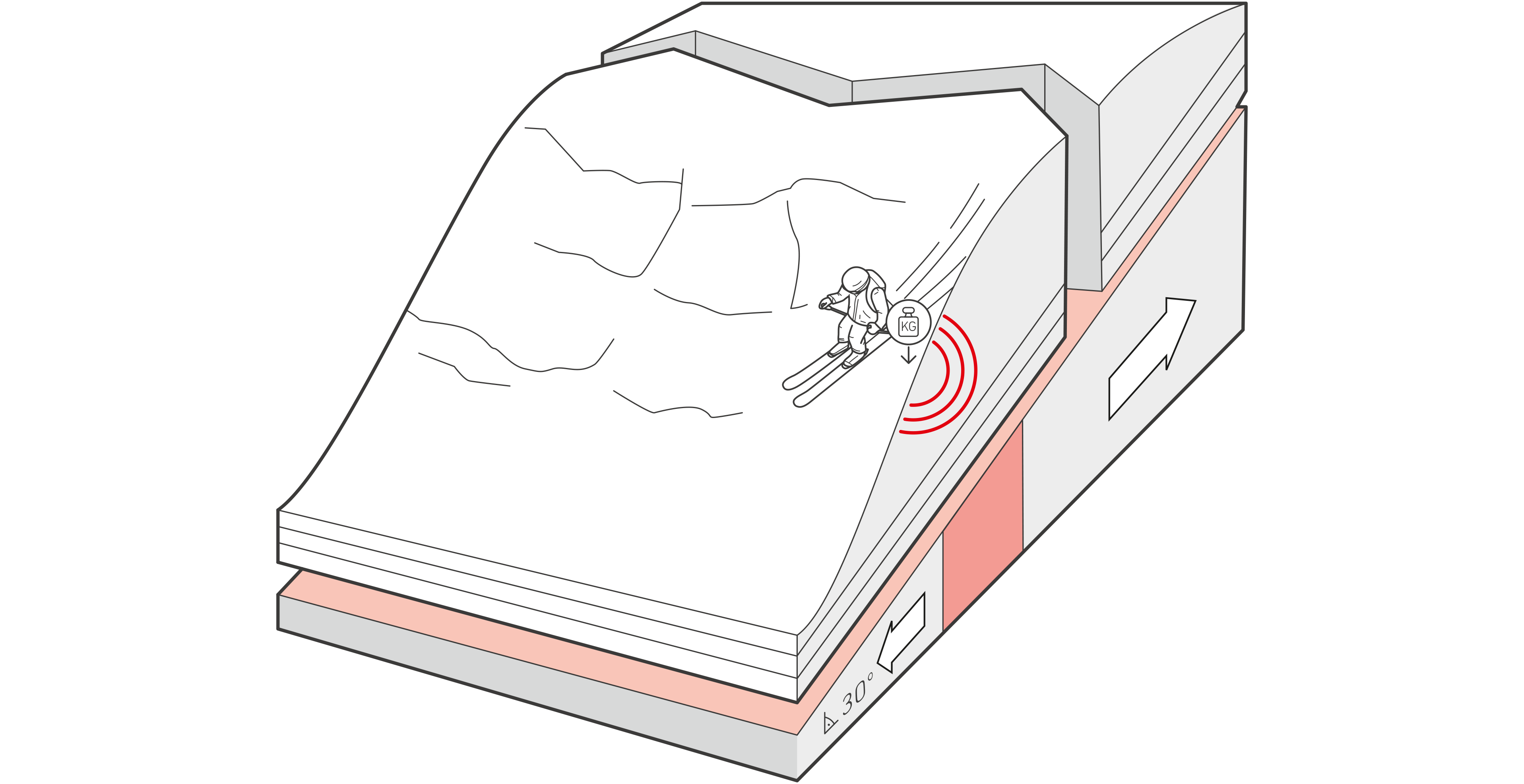




Layers
The first basic prerequisite for a snow slab is “unfavorable layering”, meaning that a bonded layer of snow is lying on top of a weak layer. The term “bonded” snow is not synonymous with wet or sticky snow. Even the loose yet lightly interlocking crystals of new snow are “bonded” enough to pass on stresses that could trigger an avalanche. Typical weak layers – layers with low cohesion between the snow crystals – include snow-covered surface hoar, depth hoar (cup-shaped crystals) and faceted crystals. The propagation mechanism of a snow slab must always be considered as the interaction between the “slab” and the “weak layer” underneath.
Initiation
Secondly, this weak layer must be initiated, or triggered. The avalanche is usually triggered by a winter athlete who impacts and stresses the weak layer. Whether and how easily a weak layer can be stressed depends upon the thickness and hardness of the snow slab above. One way to measure this is by observing your sinking depth and the depth of the weak layer.
Propagation
Thirdly, it depends whether the initiated fracture can propagate. If the slab is sufficiently bonded and the weak layer underneath correspondingly unstable, the fracture will propagate through the snowpack within fractions of a second. If a weak layer has low density (consisting mostly of large, faceted, non-cohesive crystals), the slab can be very soft and seem “unbonded” yet still slide away. Conversely, a resistant weak layer requires the slab to be harder or better bonded for the crack to propagate.
Steepness
The fourth prerequisite is a slope steep enough for the slab to slide down. A slab avalanche requires a slope angle greater than 30°. The slab also needs to be a certain size (at least 20x20 meters) in order to detach at the sides and slide down. The median steepness taken from the observed “skier avalanches” is 38° at the steepest part of the triggered snow slab.
What conditions are required for a slab avalanche to form?
SKI TOURING QUIZ:
THE SLAB AVALANCHE
Slab avalanches are the dominant avalanche danger and the deadliest type for winter athletes. In 95% of cases, the victims trigger slab avalanches themselves. Drag the four ingredients for a snow slab to the area on the left.

 back
back
SKI TOURING QUIZ: THE SLAB AVALANCHE
What conditions are required for a slab avalanche to form? Drag the four ingredients for a snow slab to the area on the left.
Drag the four ingredients for a snow slab to the area on the left.
NORTH-FACING SLOPE
STRONG WIND
SLOPE STEEPER THAN 30°
ADDITIONAL LOAD
A WEAK LAYER ABOVE WELL-BONDED SNOW
NEW SNOW
LOOSE SNOW
ABILITY OF THE WEAK LAYER TO PROPAGATE
SOFT SLIDING SURFACE
LOW TEMPERATURES DOWN TO -10°C
WELL-BONDED SNOW ABOVE A WEAK LAYER
NEW SNOW

 back
back
SKI TOURING QUIZ: THE SLAB AVALANCHE
What conditions are required for a slab avalanche to form? Drag the four ingredients for a snow slab to the area on the left.
Drag the four ingredients for a snow slab to the area on the left.
NORTH-FACING SLOPE
STRONG WIND
SLOPE STEEPER THAN 30°
ADDITIONAL LOAD
A WEAK LAYER ABOVE WELL-BONDED SNOW
NEW SNOW
LOOSE SNOW
ABILITY OF THE WEAK LAYER TO PROPAGATE
SOFT SLIDING SURFACE
LOW TEMPERATURES DOWN TO -10°C
WELL-BONDED SNOW ABOVE A WEAK LAYER
NEW SNOW









